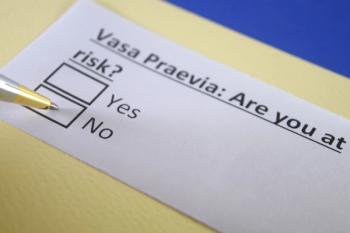
Primary births driving the increased rate of cesarean deliveries in the US
Primary cesarean births account for most of the increasing cesarean birth rate in the US, according to recent study findings.
Primary cesarean births account for most of the increasing cesarean birth rate in the US, according to the findings of a recent study from Yale University.
Researchers analyzed rates of, and physician-documented indications for, primary and repeat cesarean deliveries among more than 32,000 live births at the Yale-New Haven Hospital, a major teaching hospital, between 2003 and 2009. They found that the cesarean delivery rate increased from 26% to 36.5% during the study period, and that 50% of the increase was attributable to an increase in the number of primary cesarean deliveries.
The most common reasons contributing to the increasing number of primary cesarean deliveries were those of a more subjective nature and included nonreassuring fetal heart tracing, which contributed 32% to the total increase in primary cesarean rate. Other indications were arrest of dilation (18%), multiple gestation (16%), preeclampsia (10%), suspected macrosomia (10%), and maternal request (8%). More objectively defined indications, such as malpresentation, maternal-fetal indications, and other obstetric indications (eg, cord prolapse and placenta previa), did not increase the cesarean delivery rate.
Barber EL, Lundsberg LS, Belanger K, Pettker CM, Funai EF, Illuzzi JL. Indications contributing to the increasing cesarean delivery rate. Obstet Gynecol. 2011;118(1):29-38.
Newsletter
Get the latest clinical updates, case studies, and expert commentary in obstetric and gynecologic care. Sign up now to stay informed.









